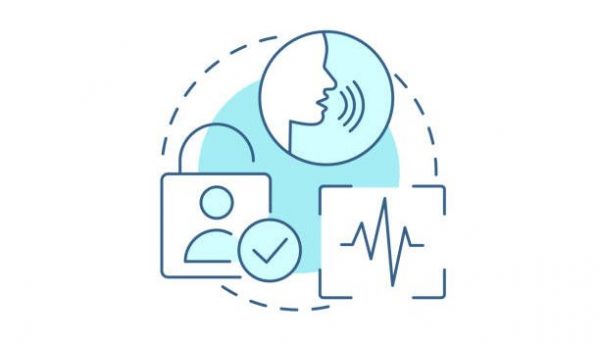Do you need to create mp3 audio files from your text scans and you don’t know how? Using a scan to speech tool you can do this and more in no time!
Let’s say you have a large amount of written text that you have scanned, it can be a book, university notes, account reports; or ideas scribbled on paper, even if you already have it in image or pdf format, the task of digitizing and transcribing it can take hours or up to days.
However, you will be surprised how easy it is to transform the scanned text into digitized text, and even better into mp3 audio, without the need for any sophisticated tools. All this is possible due to the great progress that AI technologies have made in recent years, and to many developers who seek to exploit this potential for day-to-day tasks.
This is where APIs come into play; since they allow you to use these great solutions created to help on a day-to-day basis, without the need to be a developer or even know about code. You just have to find the API that suits you best, upload your scans, and receive it in MP3 format, with no more than a click!
How Can An API Achieve That?
If you need access to the most advanced tools only available for large servers or companies, but you do not have the infrastructure or the money for that, an API is an ideal solution, since it allows you to access computer solutions that no home software can achieve.
Scan-to-speech APIs are cloud-based online services that convert pictures and PDF data into high-quality MP3 speech. It is a simple and easy-to-use tool that everyone may use; all you have to do is enter the URL of the picture or PDF file and the output format (MP3), and your file will be processed and converted into an audio file in seconds.
Now, if you are interested in accessing all this and more, maybe you should try this API, because in addition to having a super affordable price, it has a first-rate scan to speech tool! Try it too!
This Scan To Speech Tool Is Incredible!
Bring your applications to life by adding life-like speech capabilities with Woord. In education, for example, you can create applications that use Text-to-Speech (TTS) technology to assist people with reading disabilities.
Woord can assist the blind and visually impaired in consuming digital content (eBooks, news, etc). Also in public transportation announcement systems and industrial control systems for notifications and emergency announcements.

Audio output can be provided by a variety of devices, including set-top boxes, smart watches, tablets, smartphones, and IoT devices. Also in telephony applications such as Interactive Voice Response systems.
These are common use-cases for cloud-based TTS solutions like Woord. You can select from a variety of English variants (US, UK, Australia, and India), Spanish, Portuguese, Brazilian Portuguese, French, Canadian French, German, Russian, Catalan, Danish, Turkish, Hindi, Italian, Chinese, and others.
How To Start?
1. Upload your script. You can also use the SSML editor to write.
2. Choose your preferred voice from the available languages, genders, and accents.
3. Click “Speak it” and the platform will generate your audio. Play it once it’s finished. If you like it, you can also download it as an MP3 file.
https://youtube.com/watch?v=WvuYpjYQ18s
Try It Today!
Related Post: Use This Tool To Read Websites Aloud For Disabled People!


